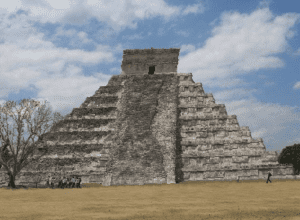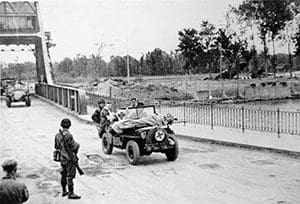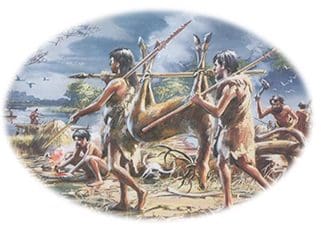
Football is a religion. As early as 1000 year ago the ancient Mayan ball game drew huge crowds, not just for its entertainment value, but also for the religious significance of the sport. By looking into this ancient game we can draw startling parallels with many sports played today. Modern competitive sport and religion often seem to be closely related. Perhaps most famously, Maradona credited his ‘miraculous’ 1986 goal to the ‘hand of God’.
The Mayan game was played in courts, in teams or as a one-on-one game. The aim was to keep the ball in the air and propel the ball into your opponent’s end of the court using mainly the hips.Points were also awarded for impressive manoeuvres and skills. 16,000 rubber balls were imported into the Aztec capital Tenochtitlan annually, giving a clear indication of the sport’s popularity which was fuelled by its religious significance.
The way in which tlachtli was linked to the religious sensibilities of the Maya society that played it is displayed through two of their creation myths the Popol Vuh and the story of Coyolxauhqui. The Maya Popul Vuh tells the tale of twins Hunahpu and Xbalanque who avenge their brothers by returning to the underworld and playing a ball game against the gods. 2After their victory they were decapitated then reborn before vanquishing the underworld gods, ascending into the heavens becoming the sun and Venus.
Religious symbolism of the game stretched further than just their creation myths into the imagery displayed around the courts such as those at Chichen Itzá where carved stone panels depict a similar sequence of life and death involving figures dressed as ball players preparing for the game and eventually being sacrificed. In these panels the sun god is everpresent, as are priests who prepare the players for the game.
Like the ancient Olympics, which were in honour of Zeus, the Mayan game honoured the gods to ensure their continued support and favour. In the classical world, as in modern sport, impressive athletic manoeuvres were rewarded, fans gathered to watch, victors were often highly rewarded and losers shamed.
In Mayan times victorious ball players were showered with gifts, losers (in ritual circumstances) would be sacrificed and the spectators, who gambled so heavily on the game that it was not unheard of that they sold themselves into slavery, displayed contrasting emotions. The devout following, heroics of the players, constructed courts and popularity of the sport seem very similar to modern football. How often do we see fans with their hands together praying for a result? Aren’t players’, fans’ and managers’ pre-game rituals similar to religious ceremonies?
The methods may differ but the ceremonial nature of sport has remained. The procession of two teams, the national anthems, the coin toss, all contribute to our modern idea of sport just as the sacrifices to the gods, creation myths and symbolism of ball game for the Maya.
With thanks to a blog from Alfred Reynolds at the History department of Sheffield University for providing many of the ideas and some of the text for this item







